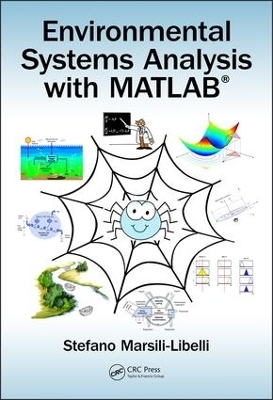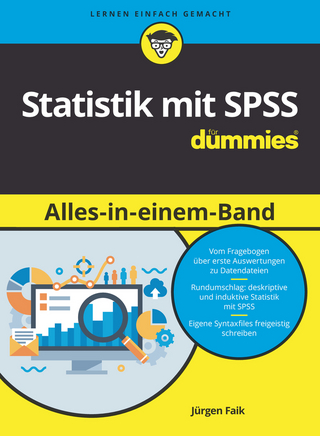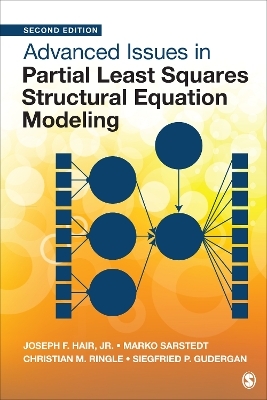
Environmental Systems Analysis with MATLAB®
Crc Press Inc (Verlag)
978-1-4987-0635-3 (ISBN)
The book follows a logical sequence from the basic steps of model building and data analysis to implementing these concepts into working computer codes, and then on to assessing their results. It describes data processing (rarely considered in environmental analysis); outlines the tools needed to successfully analyze data and develop models, and moves on to real-world problems. The author illustrates in the first four chapters the methodological aspects of environmental systems analysis, and in subsequent chapters applies them to specific environmental concerns.
The accompanying software bundle is freely downloadable from the book web site. It follows the chapters sequence and provides a hands-on experience, allowing the reader to reproduce the figures in the text and experiment by varying the problem setting. A basic MATLAB literacy is required to get the most out of the software.
Ideal for coursework and self-study, this offering:
Deals with the basic concepts of environmental modeling and identification, both from the mechanistic and the data-driven viewpoint
Provides a unifying methodological approach to deal with specific aspects of environmental modeling: population dynamics, flow systems, and environmental microbiology
Assesses the similarities and the differences of microbial processes in natural and man-made environments
Analyzes several aquatic ecosystems’ case studies
Presents an application of an extended Streeter & Phelps (S&P) model
Describes an ecological method to estimate the bioavailable nutrients in natural waters
Considers a lagoon ecosystem from several viewpoints, including modeling and management, and more
Stefano Marsili-Libelli received a cum laude MS degree in electronic engineering from the University of Pisa in 1973. Later that same year, he joined the University of Florence and since that time has served on the engineering faculty—first as a technical assistant, then as an associate professor (1983), and finally as a full professor (2000). A founding member of the environmental engineering curriculum at the University of Florence, he is also director of the Laboratory of Environmental Process Control, and an associate editor for the ISI international journals Environmental Modelling & Software and Water Science & Technology.
Introduction. Identification of Environmental Models. Analysis of Environmental Time Series. Fuzzy Modelling of Environmental Systems. Population Dynamics Modelling. Flow Reactor Modelling. Microbial Kinetics Modelling. Analysis of Aquatic Ecosystems. References.
| Zusatzinfo | 40 Tables, black and white; 503 Illustrations, color |
|---|---|
| Verlagsort | Bosa Roca |
| Sprache | englisch |
| Maße | 178 x 254 mm |
| Gewicht | 1383 g |
| Themenwelt | Mathematik / Informatik ► Mathematik ► Computerprogramme / Computeralgebra |
| Naturwissenschaften ► Geowissenschaften ► Geologie | |
| Naturwissenschaften ► Geowissenschaften ► Hydrologie / Ozeanografie | |
| Technik ► Umwelttechnik / Biotechnologie | |
| ISBN-10 | 1-4987-0635-5 / 1498706355 |
| ISBN-13 | 978-1-4987-0635-3 / 9781498706353 |
| Zustand | Neuware |
| Haben Sie eine Frage zum Produkt? |
aus dem Bereich


